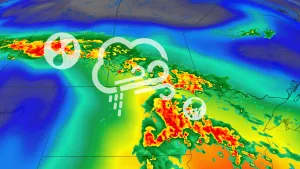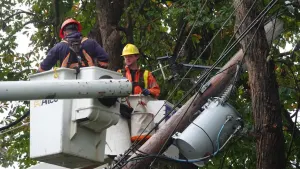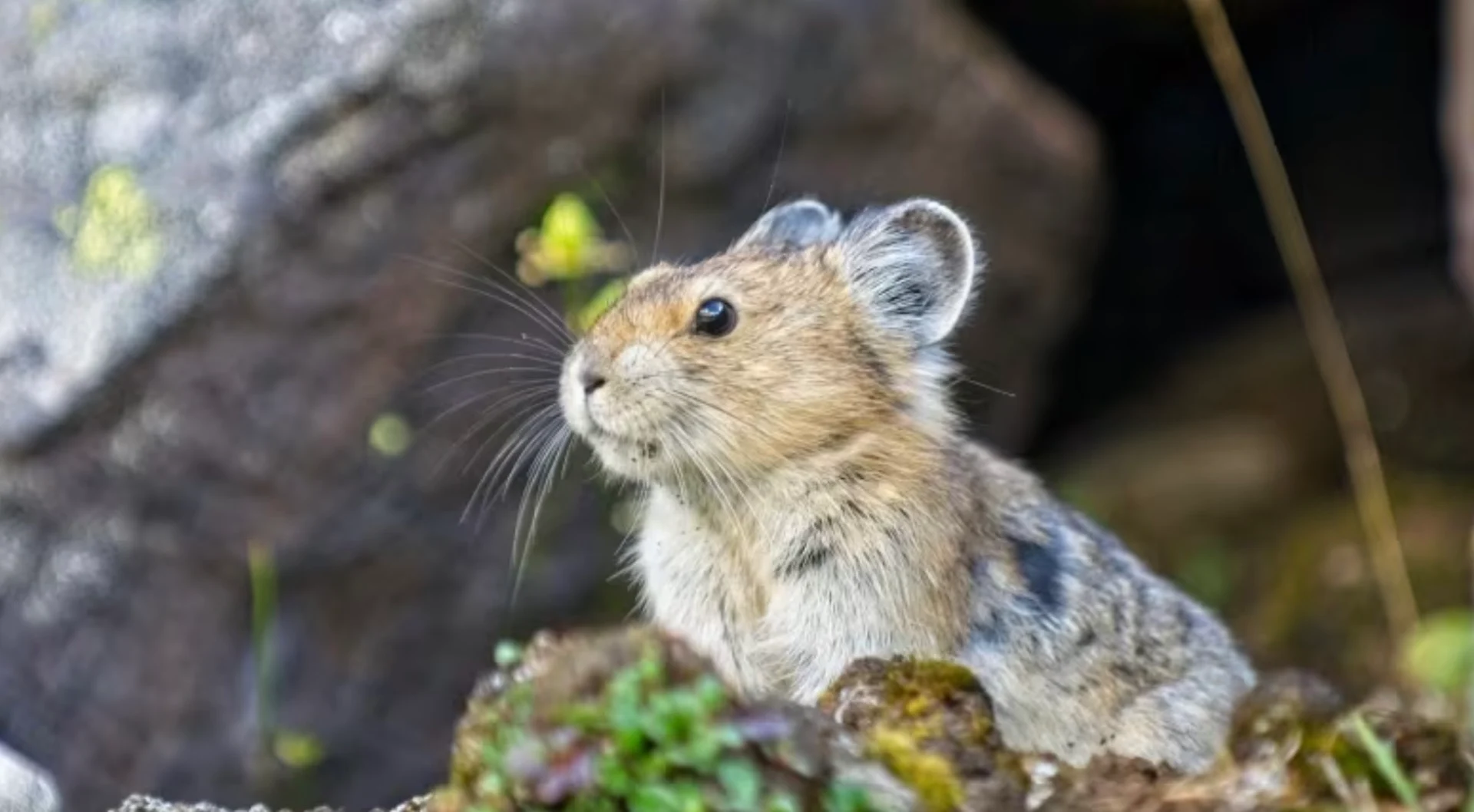
Poop used to track climate-change effects on pikas and their mountain home
Pikas may be adorable, but their poop doesn't really have the same appeal — unless you're a biologist working to monitor the impact of climate change on one of Canada's most threatened ecosystems.
That's the case for researchers at the University of British Columbia Okanagan, who are developing a genetic monitoring tool that could revolutionize the way ecologists study American pika populations, and even give insights into how climate change is affecting their alpine home.
DON'T MISS: Animals are shrinking, researchers say: That could affect the boreal forest
By analyzing pika DNA, including from their poop, researcher Kate Arpin and the university's Russello Lab say they could soon track individual pikas, monitor the interconnectedness of different pika populations, and record those populations' evolution in near-real time.
As the climate continues to warm, scientists say sensitive species like the pika can act as an early warning system for much more widespread impacts. Recent improvements in the accessibility and affordability of DNA sequencing technologies have opened the door to a much deeper understanding of the species.
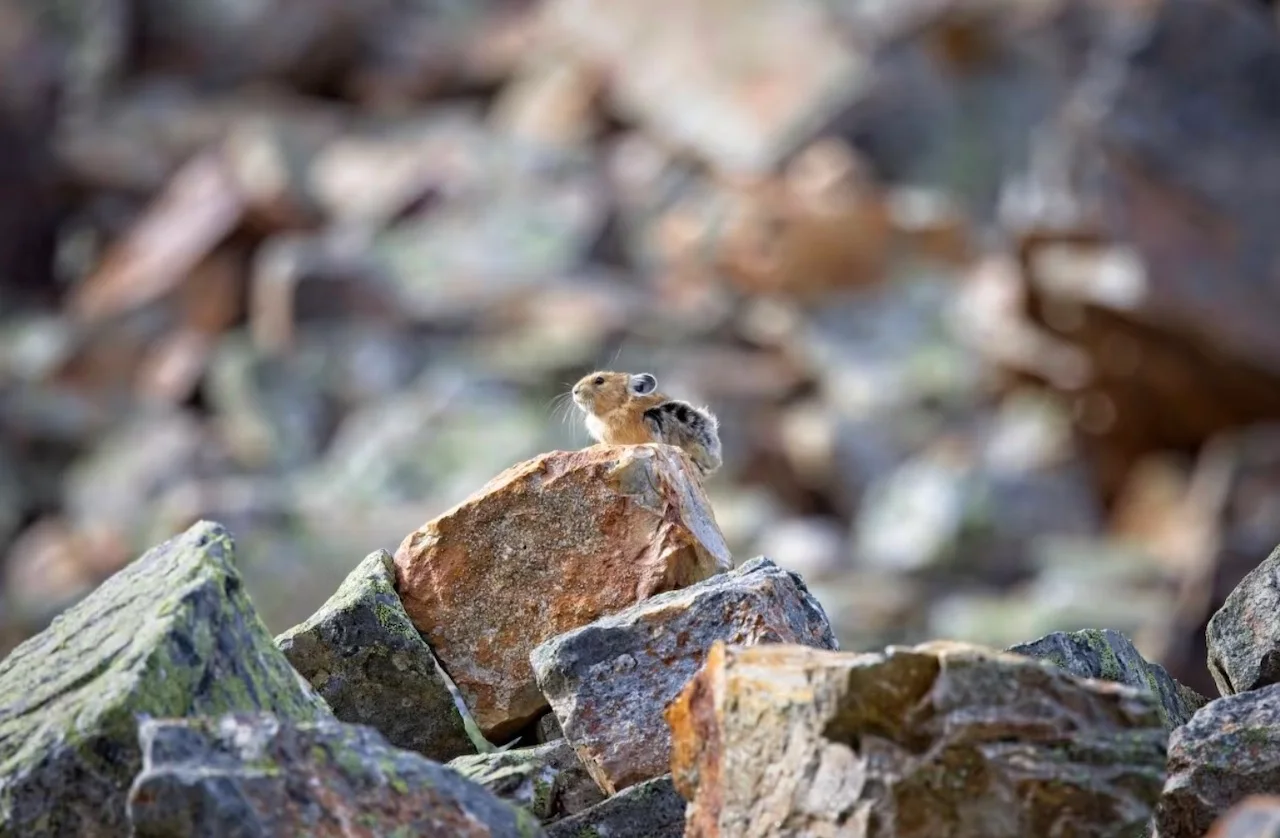
Pikas' rocky habitat — found across various mountain ranges in Canada and the U.S. but exclusively above the treeline — is expected to slowly be lost as the climate warms and forests expand to higher elevations. (Tony Einfeldt)
'Climate sentinels'
The American pika can be found at high elevations throughout parts of the Canadian Rockies and B.C.'s Coast Mountains, in rocky, barren habitats with little soil and vegetation. Hikers in western Canada may be familiar with their characteristic call ("eep!").
Pikas are widely considered one of the animals most vulnerable to climate change. As temperatures rise, forests climb to higher elevations, reducing the amount of habitat available for pikas, said Tony Einfeldt, an ecologist with Parks Canada.
Warmer temperatures can also make it harder for pikas to find enough food and decrease the winter snowpack, which they rely on for insulation during the winter.
Biologists expect pikas will be forced to move to higher elevations, which could further isolate populations from each other — a common driver of decline among many species.
"One way of catching that process early would be to look at the changes in connectivity that would result in these increasingly island-like mountainous regions through genetic tools," said Einfeldt, who says park ecologists are currently monitoring pikas by recording the piles of dried vegetation that the mammals gather as a winter food source.
Unfortunately, some populations may also find there is no mountain left to climb, causing those pikas to lose their habitat completely.
Pikas' sensitivity to climate change makes them an excellent indicator species, or "climate sentinel," according to the experts CBC spoke to.
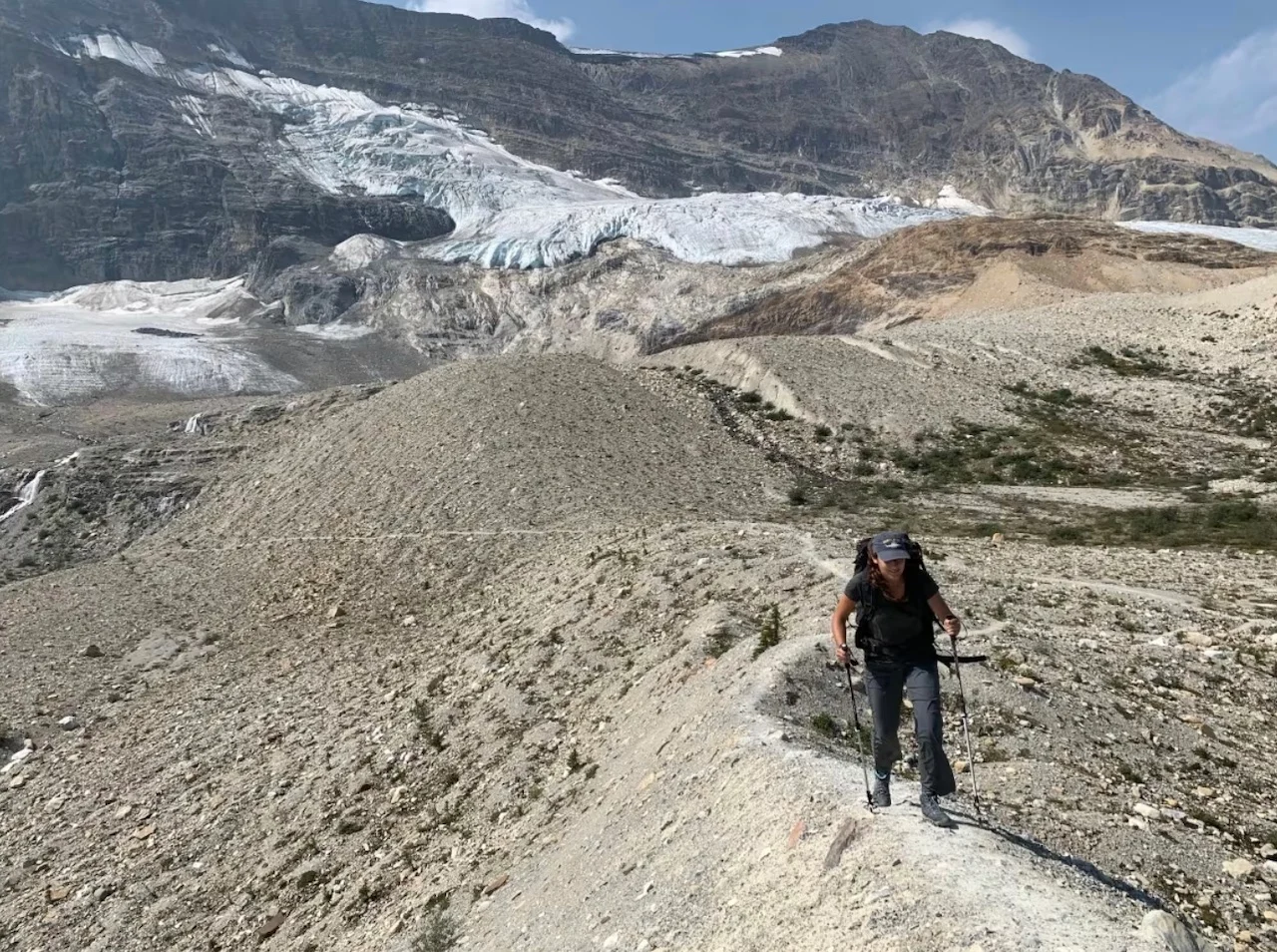
Current pika monitoring efforts entail going to their habitats and counting the number of hay piles, which the pikas gather as a winter food source. UBCO researcher Kate Arpin, shown here, has taken part in these monitoring efforts in the Canadian Rockies. (Tony Einfeldt)
"They provide us this pulse, this barometer of what's happening in our most sensitive ecosystems," said Erik Beever, a research ecologist with the U.S. Geological Survey and Montana State University.
Limited evidence shows certain U.S. pika populations may have some ability to adapt, but in other areas pikas are seeing widespread decline. The status of Canadian populations is less well known largely due to a lack of genetic data, said Arpin.
She says she hopes the genetic monitoring tool she and her collaborators have built may soon change that.
The promise of pika poop
The tool is already extremely accurate when it comes to analyzing a pika's genetic material from tissue samples, even those dating as far back as 1930.
The more degraded DNA found in their scat is trickier to analyze accurately, with error rates close to 30 per cent. Arpin says they were able to reduce the error rate by modifying their lab protocols, and that further improvement is possible.
Until those refinements are made the applications of the tool are limited, says Beever, who was not involved in the research.
"The great limitation [is] how little pika tissue has been collected across the species' range, [and] the fact that it's time-intensive and costly to obtain such tissue," he said.
Still, Beever is optimistic.
"I would argue that the rapidity of development and evolution of these molecular tools is pretty mind-blowing, and specifically on the front of non-invasive techniques [like scat sampling].
WATCH: What to do if you find an orphaned animal
Arpin says while this sort of genetic monitoring is very new, there have been breakthroughs for other species.
"Recent work ... has developed the same type of genetic monitoring tool for polar bear and for deer [scat] samples," she said. "There's definitely promise in using these sorts of genetic monitoring tools in the future."
If sampling is done over many years, researchers could even potentially watch the species evolve through their poop. To do so, they would analyze regions of DNA believed to be evolutionarily neutral as well as those that might give some individuals an advantage as the climate changes.
If researchers are able to achieve high accuracy with fecal samples, it would mean a change of approach for the Parks Canada ecologists monitoring pikas — as Einfeldt already knows from Arpin's request for samples.
"I think usually we're trying to avoid touching the poop," he said.
"But we donned our rubber gloves and got our forceps out and went digging through their latrines that they form in these rocky environments. Looking for the freshest, best poop we could find."
Thumbnail courtesy of Tony Einfeldt via CBC.
The story was originally written by Darius Mahdavi and published for CBC News.







